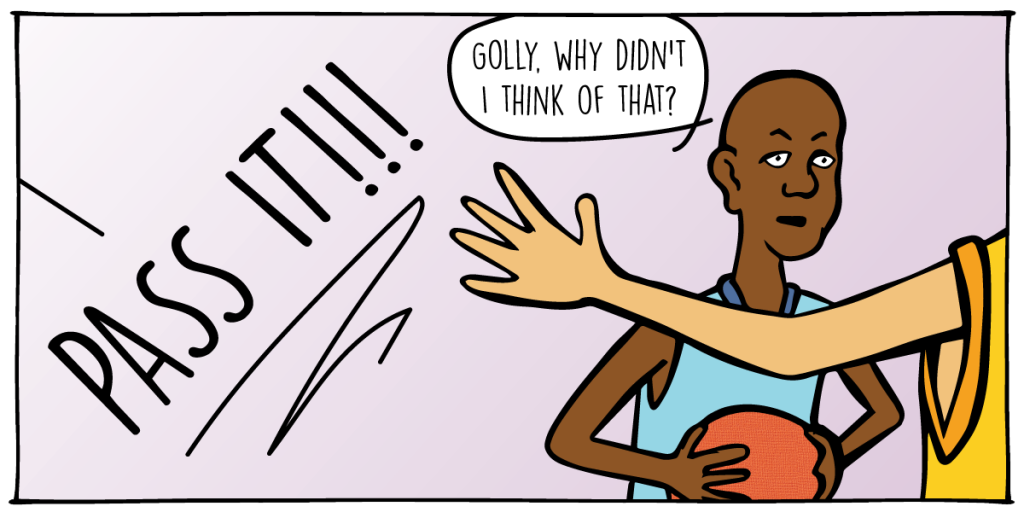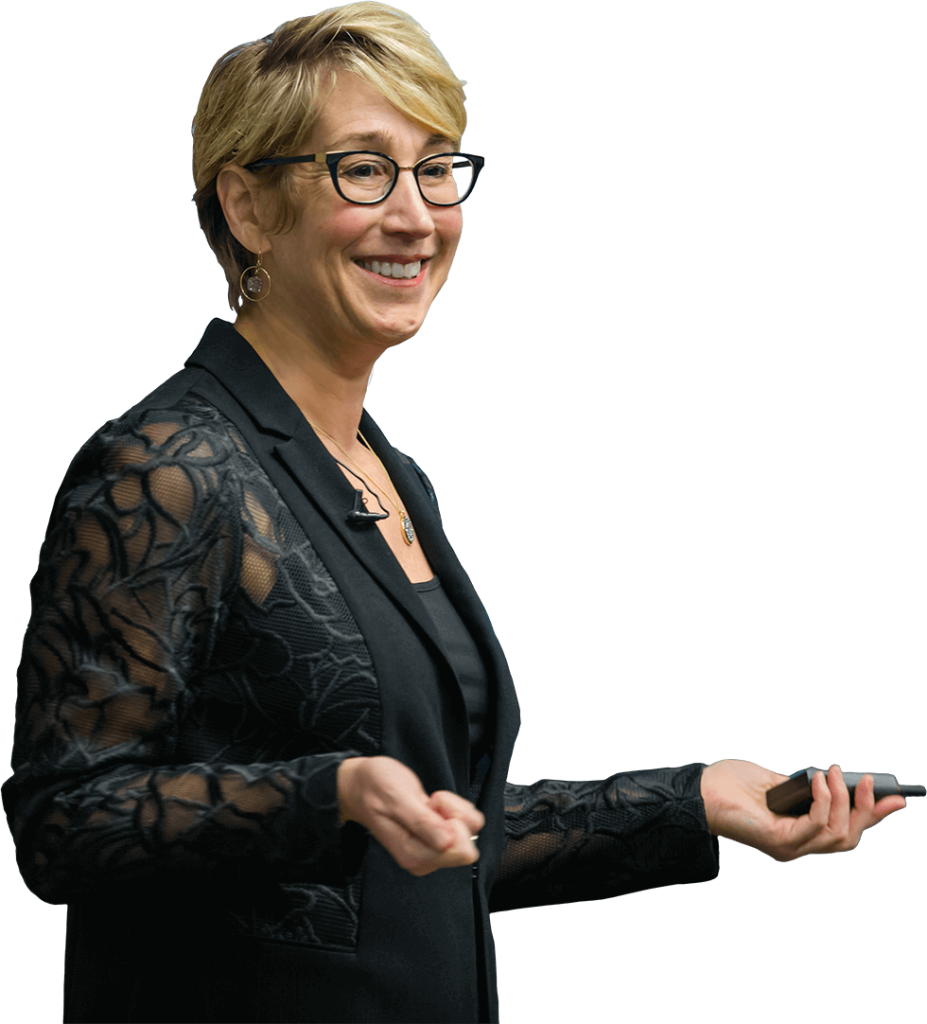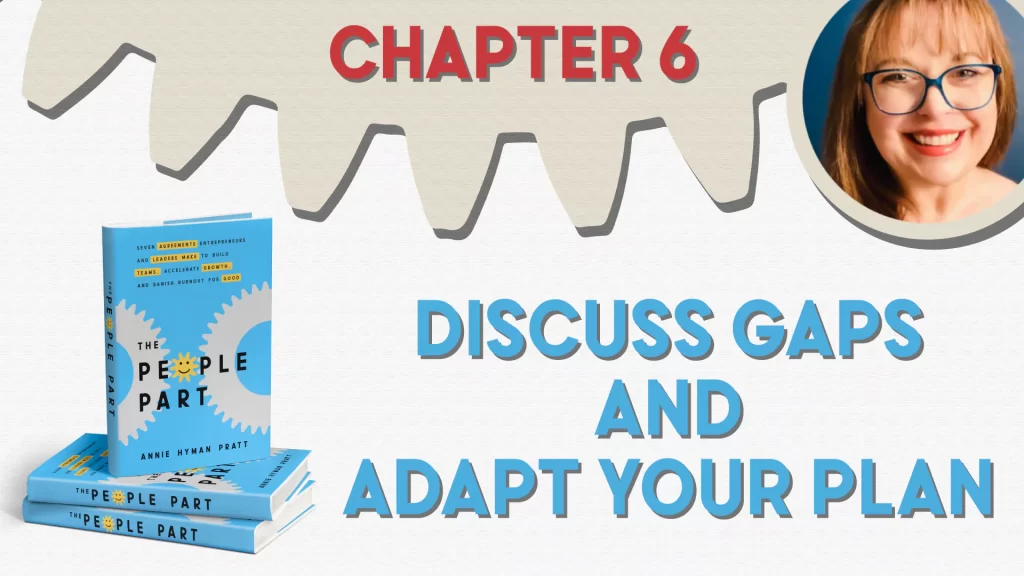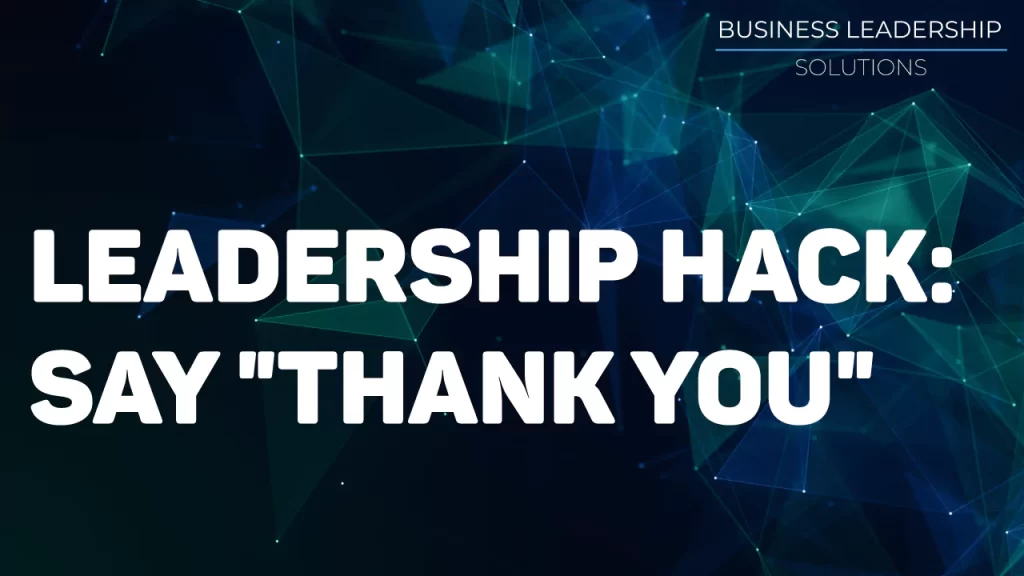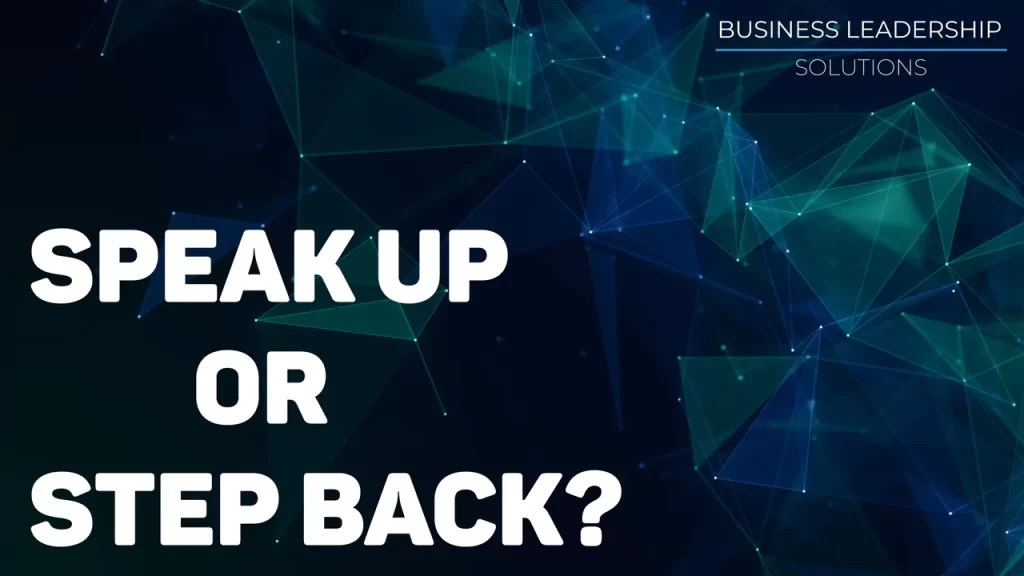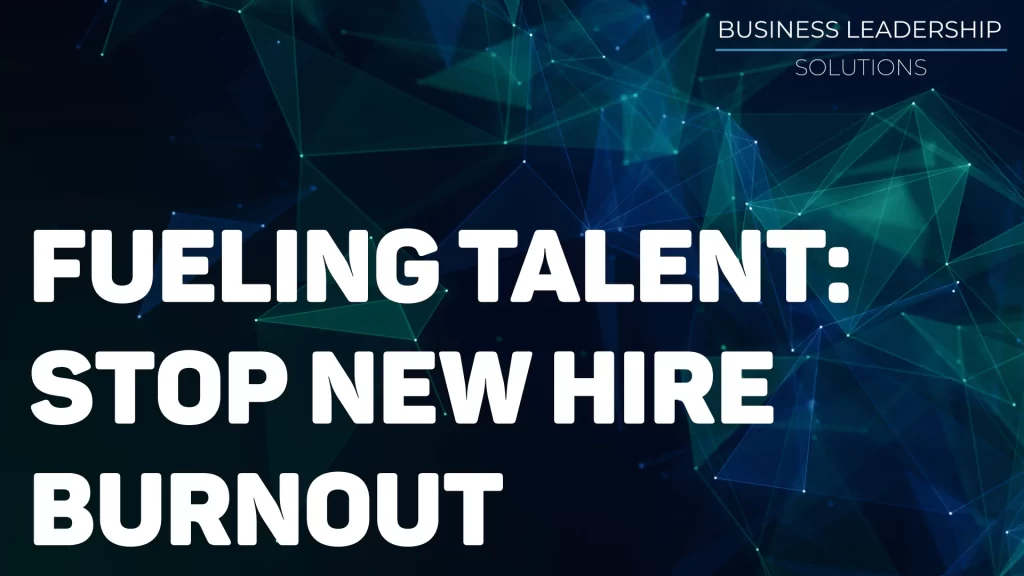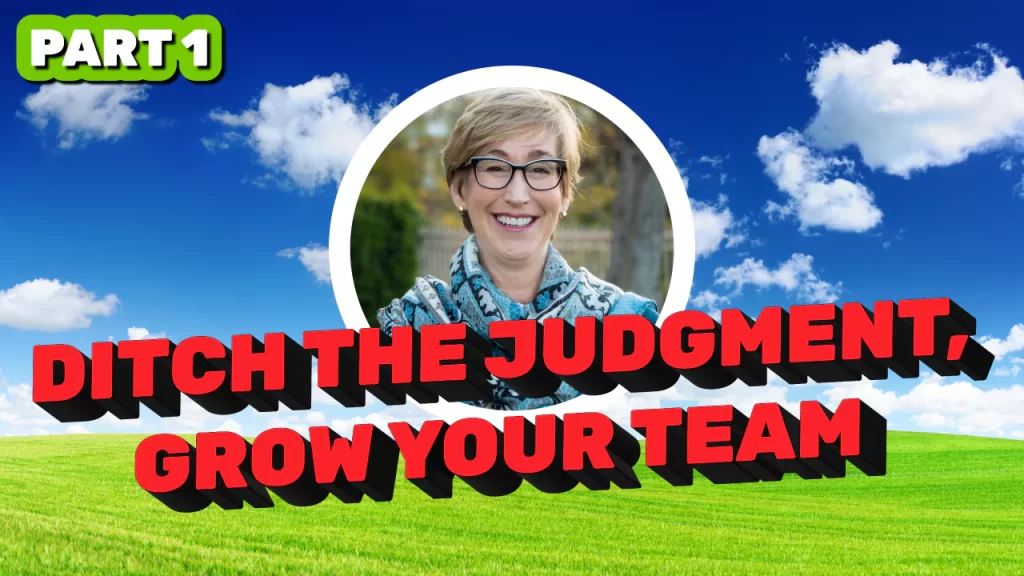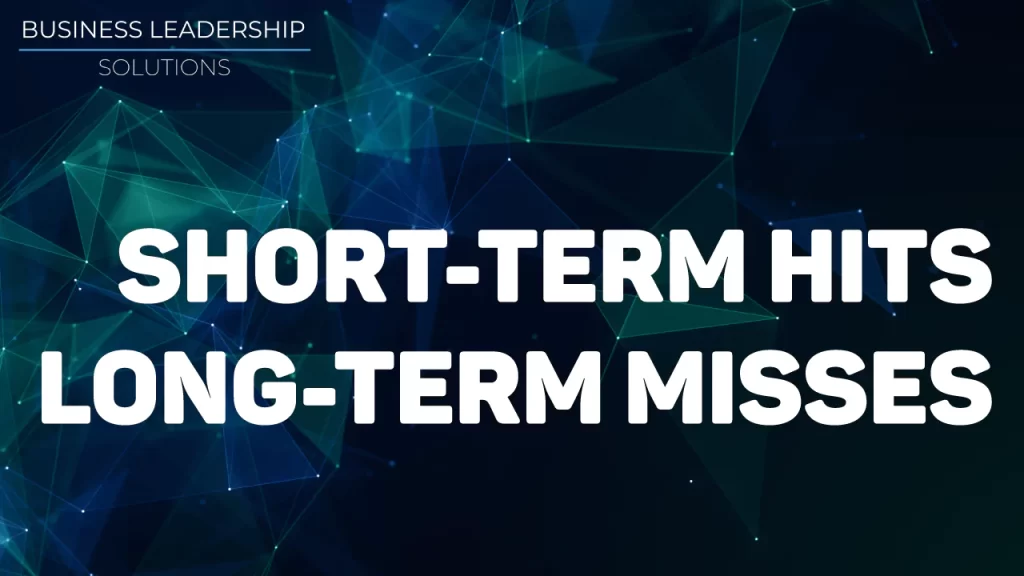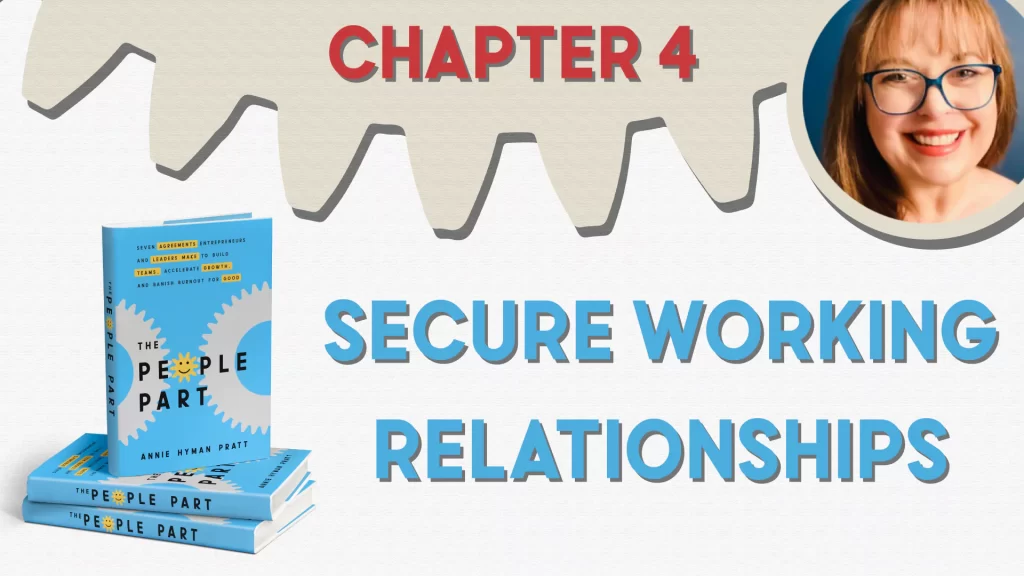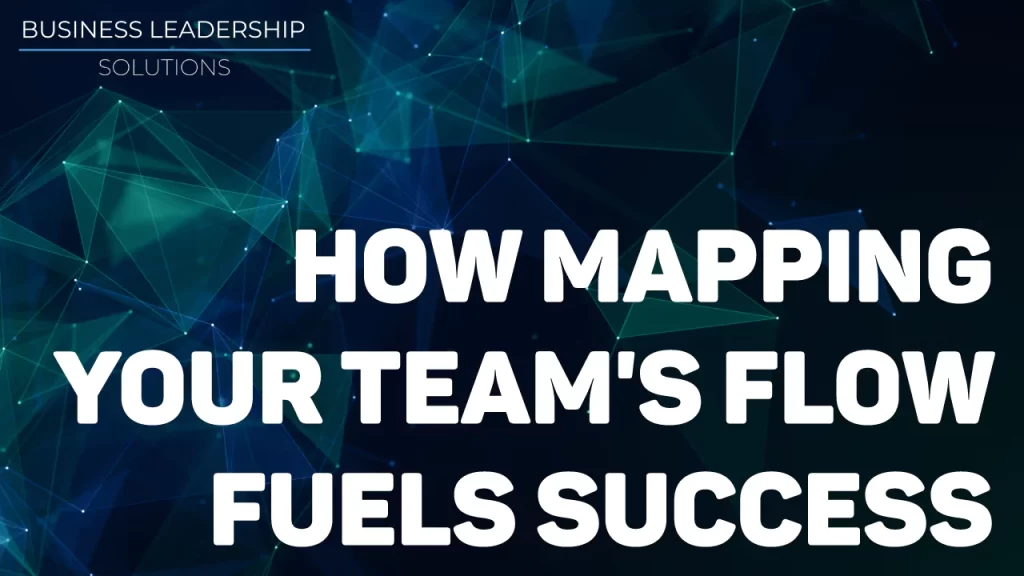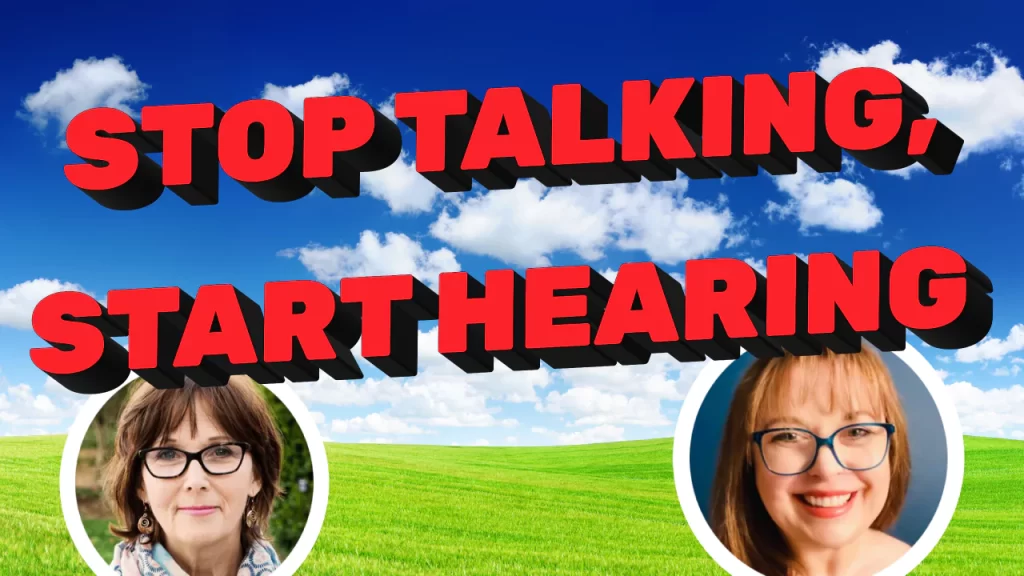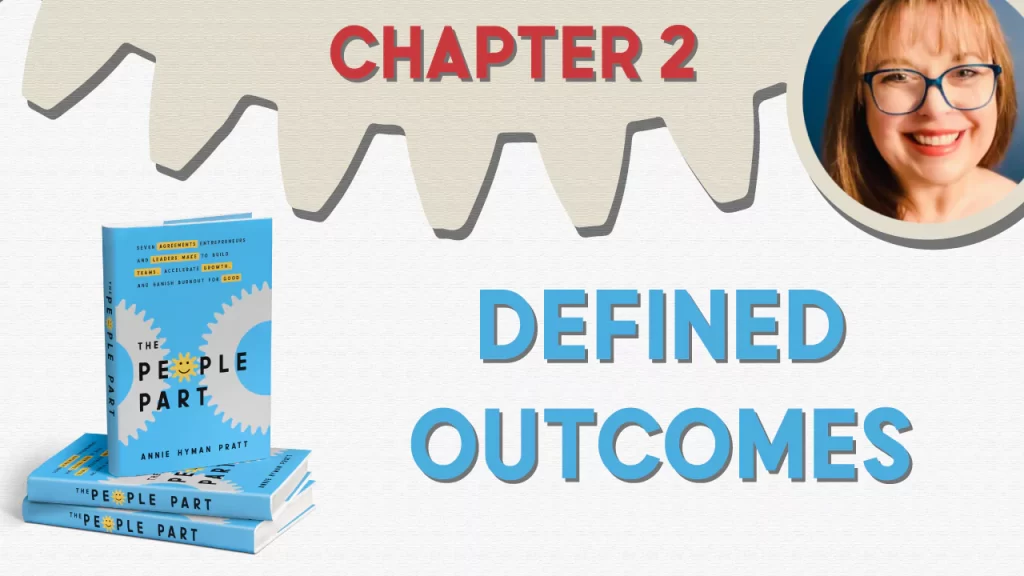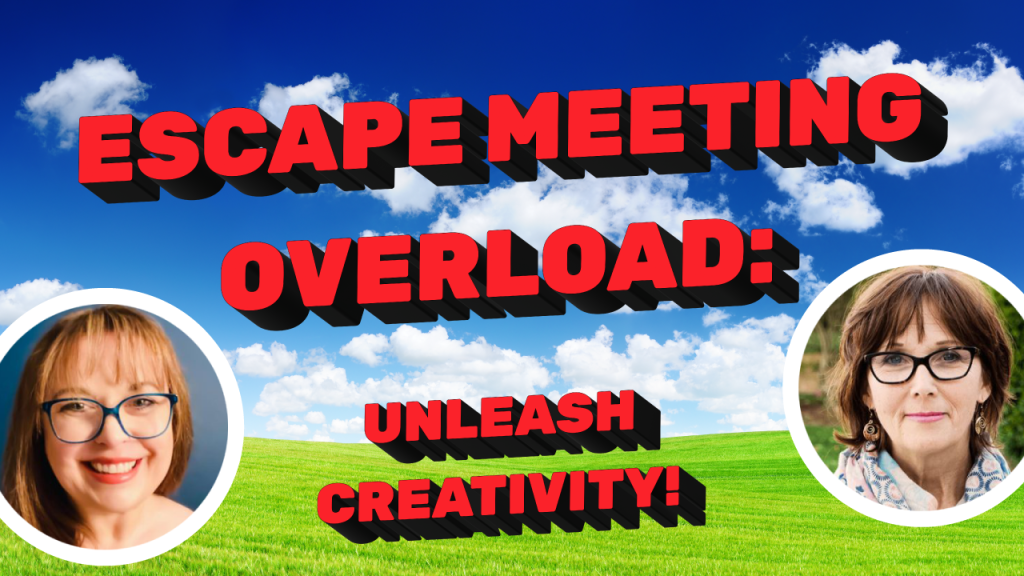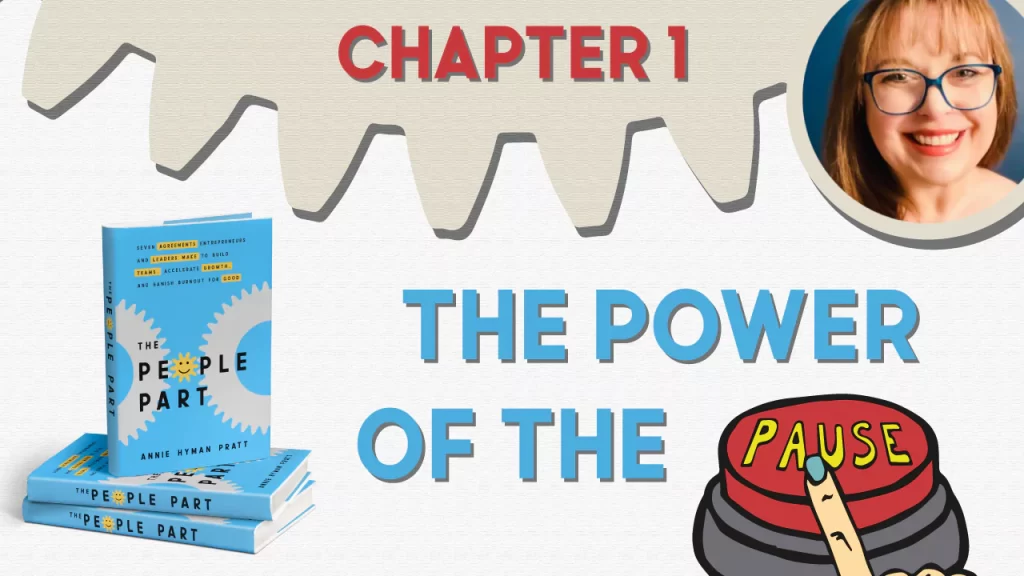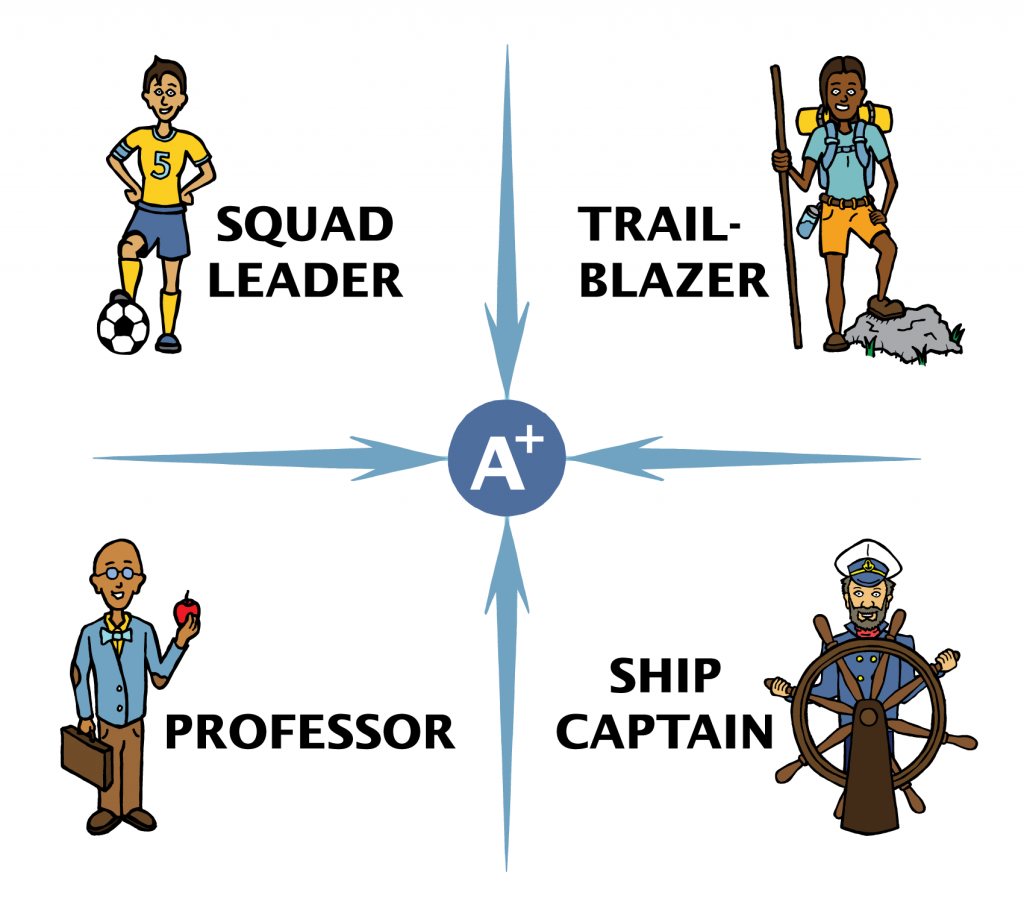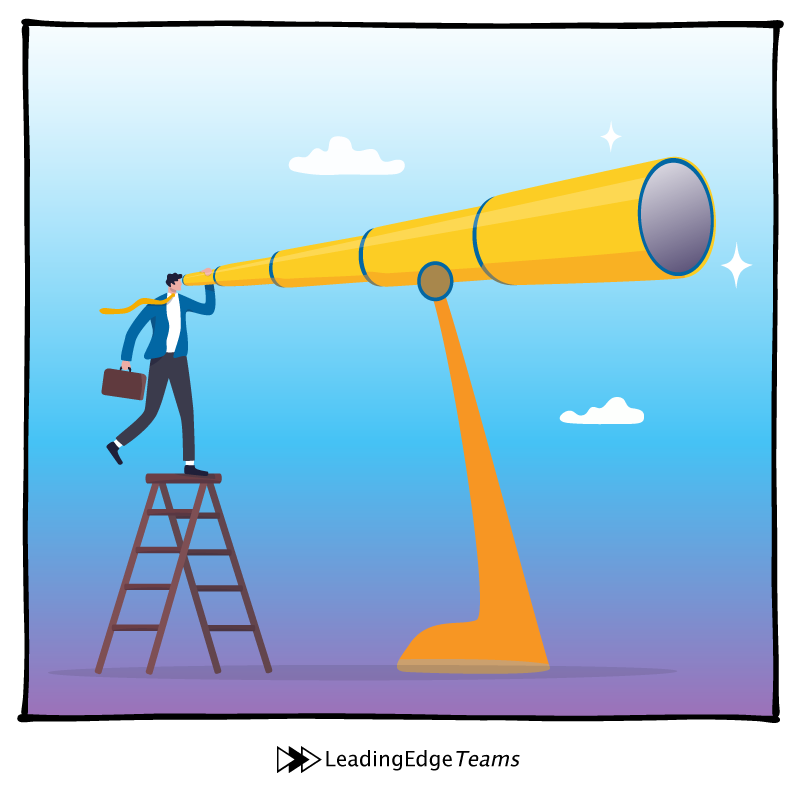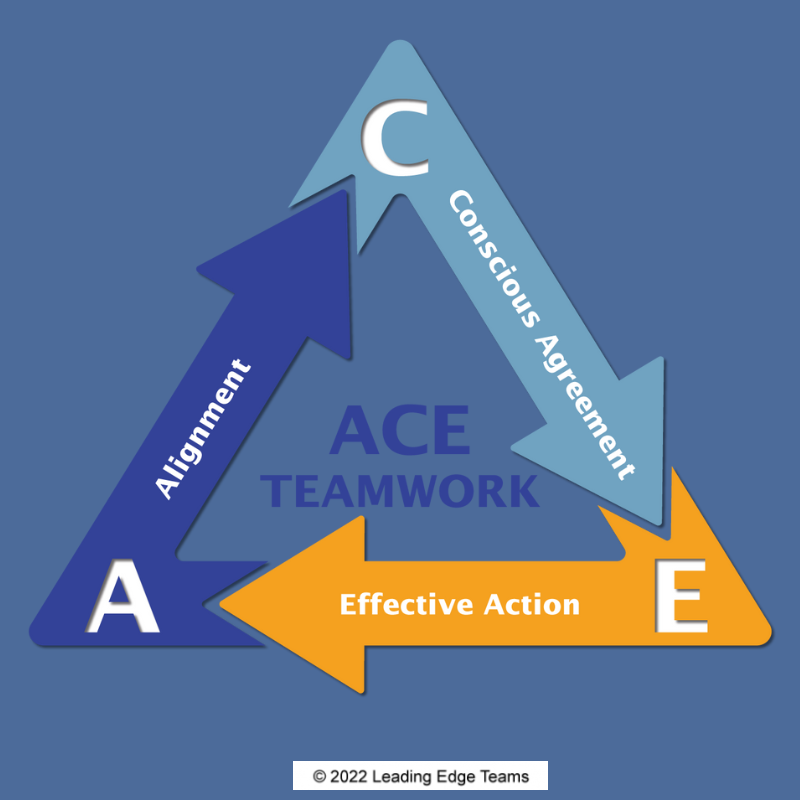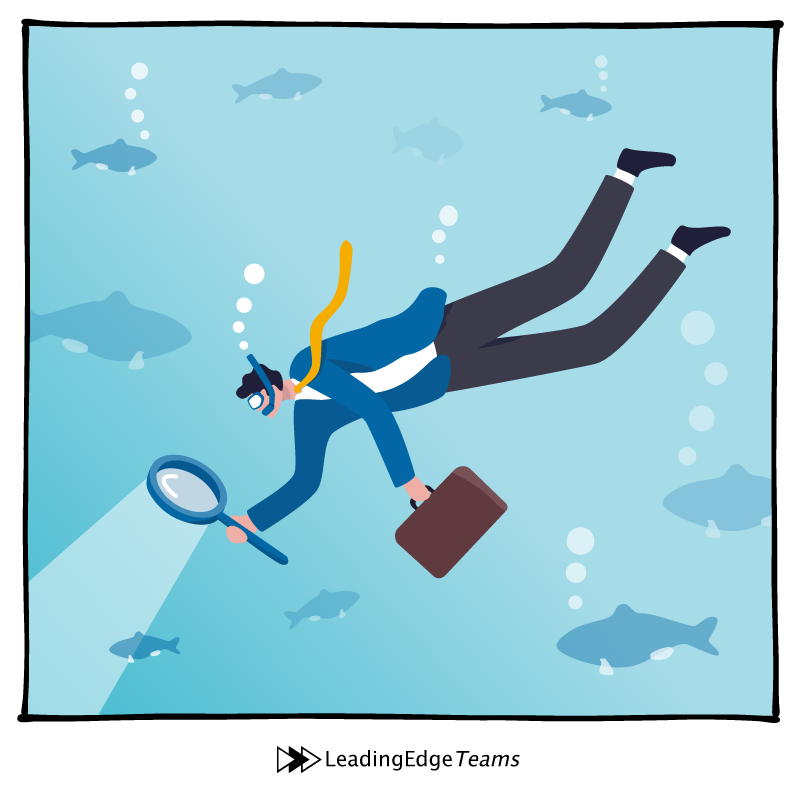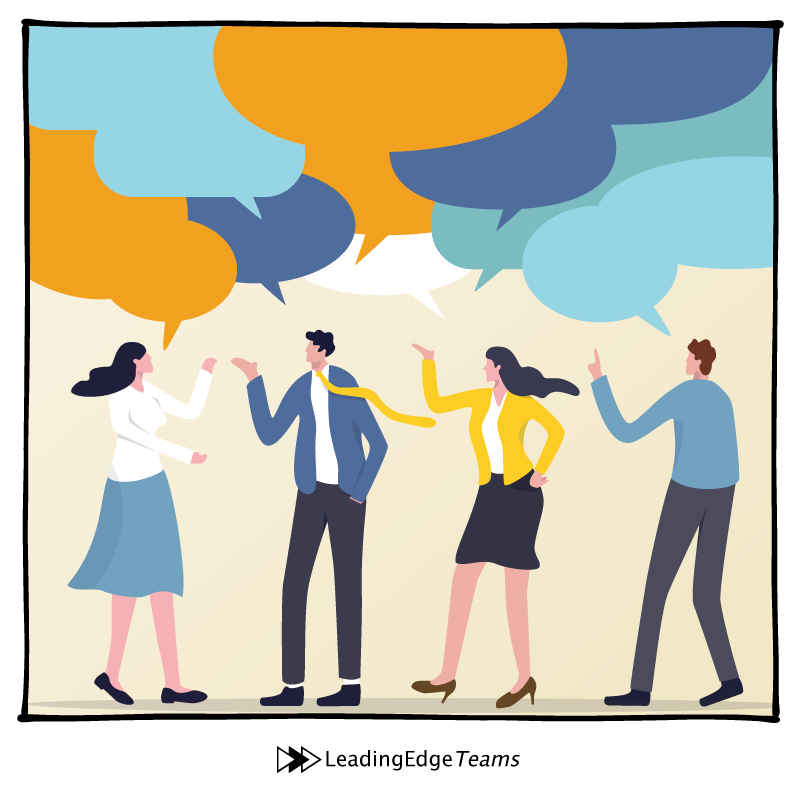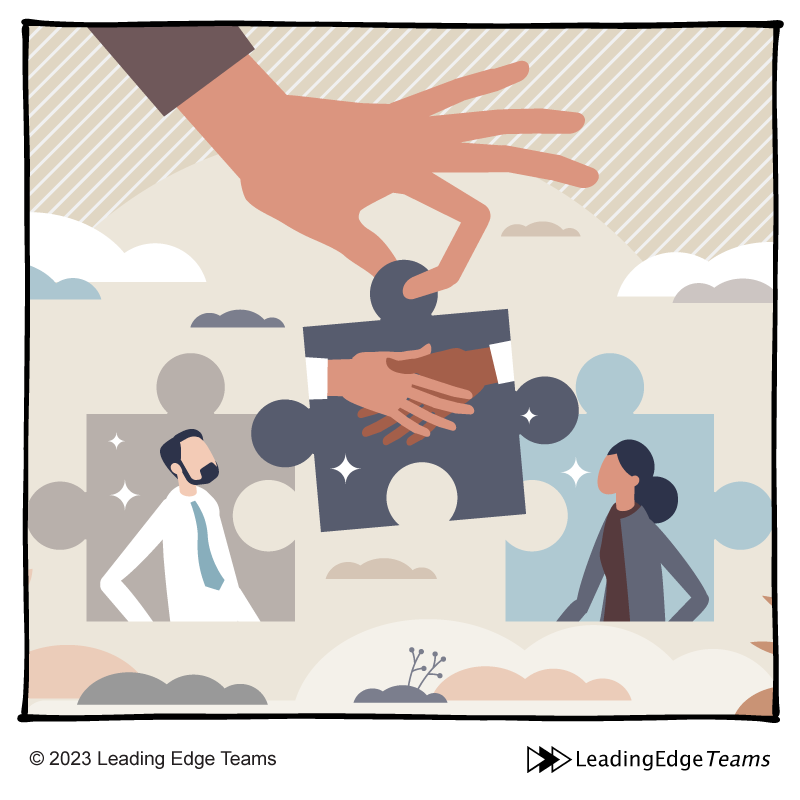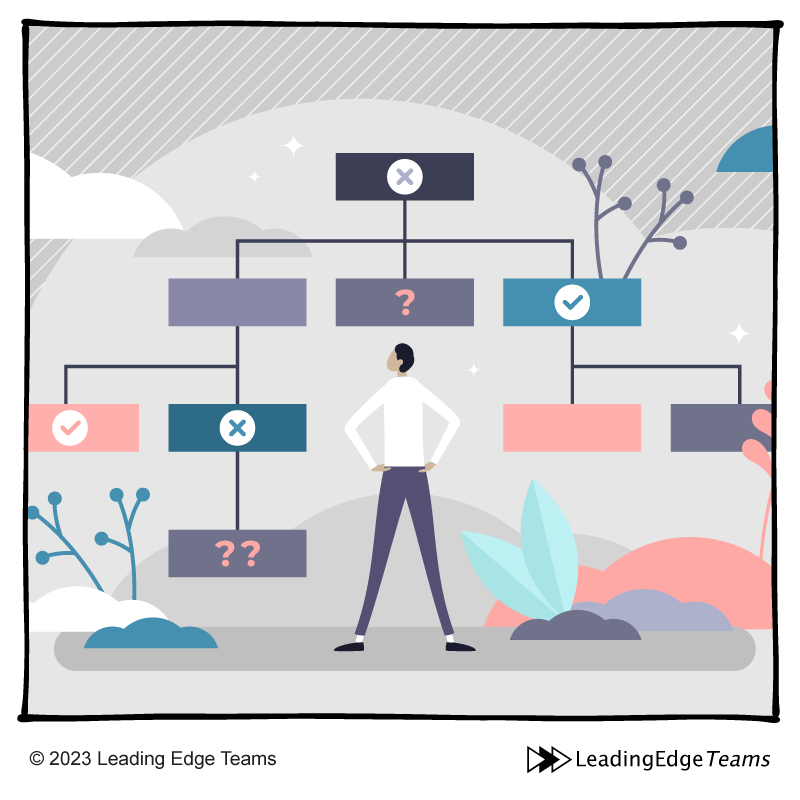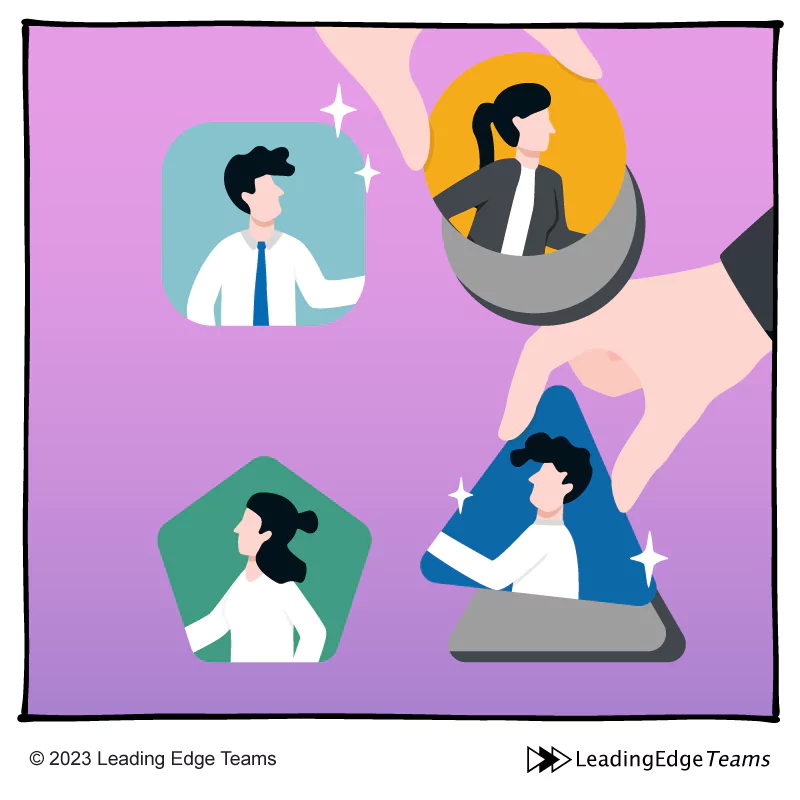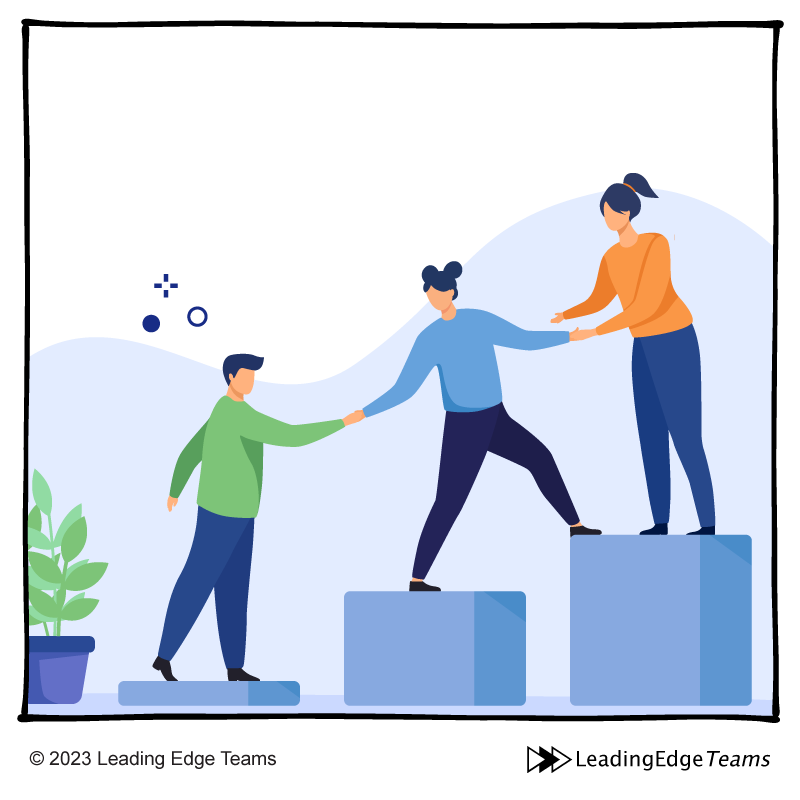
The Game Has Changed
WE BUILD BUSINESS LEADERS
and HIGH PERFORMANCE TEAMS
As seasoned leaders, we intimately understand the challenges and triumphs of leadership. Unlocking your true potential as a business leader involves mastering inner skills and cultivating outer capabilities—truths and teaching that we're eager to share with individuals like you.
In today's business climate it takes more than business skills. It requires mastering both the business part and the people part to thrive. You must build a team of high-performing leaders!
ARE YOUR LEADERS YOUR GREATEST ASSET?
OR... ARE YOUR LEADERS AN OBSTACLE TO GREATER SUCCESS?
WE DEVELOP BUSINESS LEADERS
Leading Edge Leaders
Together with you, we identify organizational needs, changes, and challenges, what's working and what's not. We develop a strong, functional leadership platform in two parts—your business and your people. Both are vital to your longstanding business potential. Learn more about The Business Part.
We develop professional business leaders that excel in the People Part and thrive in ongoing challenge and change – giving them the critical edge that businesses need to succeed today, tomorrow and into the unknown future.
WE DEVELOP CROSS-FUNCTIONAL TEAMS
We emphasize hiring the right people for the right job, with each person's role being clearly defined. Continuously developing each individual's skills and their growth in self-leadership, helps to produce team innovation and collaboration that achieves the strategic goals of the business.
Leading Edge Leadership Teams
We build professional leadership teams that fully operate the business while also driving growth, innovation and sustainable success so that Entrepreneurs and CEO’s can exit the weeds and focus on the strategic and creative parts they desire.
Reinvent Your Business by Reinventing Yourself as a Leader
At Leading Edge Teams, we focus on business development and sustaining long term success, and how to achieve that without burnout and team walk out. What makes us unique is that we focus on the steps to increasing confident self-leadership, development of business and team, while recognizing the essential “people part” that drives growth and stability.
WE WORK WITH YOU AND YOUR TEAM TO MAXIMIZE OUTCOMES
Step 1
Create Your Visionary Master Plan
Step 2
Develop a Leading Edge Leadership Team
When you make the cross-over from working as an individual to a business owner and leader, then you …. Read more.
Step 3
Build an Infrastructure Designed for Success
Structure and processes are very important. In fact, there’s a principle in psychology that the more …. Read more.
Reinvent Your Business by Reinventing Yourself as a Leader
Annie Hyman Pratt and Leading Edge Teams' executive coaching staff are masters at developing leaders, teams and infrastructure that drives business growth—so entrepreneurs can do the strategic and creative parts while also having the time, freedom, and positive impact they desire.
Leading Edge Teams provides entrepreneurs and companies team leadership development programs and executive coaching in groups, one-on-one, online and in person. For over a decade, they have an unparalleled track record of helping businesses achieve massive, sustainable, team-driven growth.
Reinvent Your Business by Reinventing Yourself as a Leader
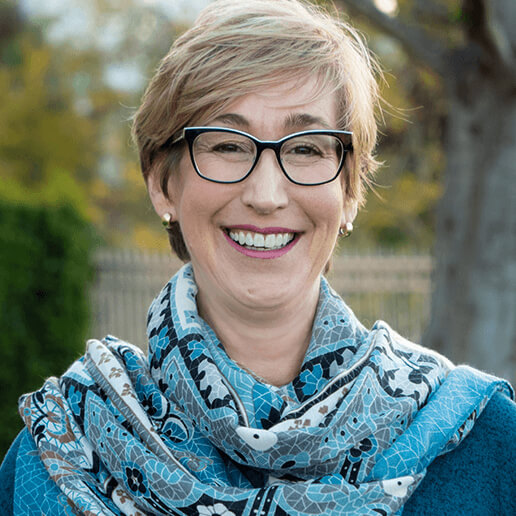
Annie Hyman Pratt and Leading Edge Teams' executive coaching staff are masters at developing leaders, teams and infrastructure that drives business growth—so entrepreneurs can do the strategic and creative parts while also having the time, freedom, and positive impact they desire.
Leading Edge Teams provides entrepreneurs and companies team leadership development programs and executive coaching in groups, one-on-one, online and in person. For over a decade, they have an unparalleled track record of helping businesses achieve massive, sustainable, team-driven growth.
Take this short quiz and discover YOUR Leadership SuperPower!
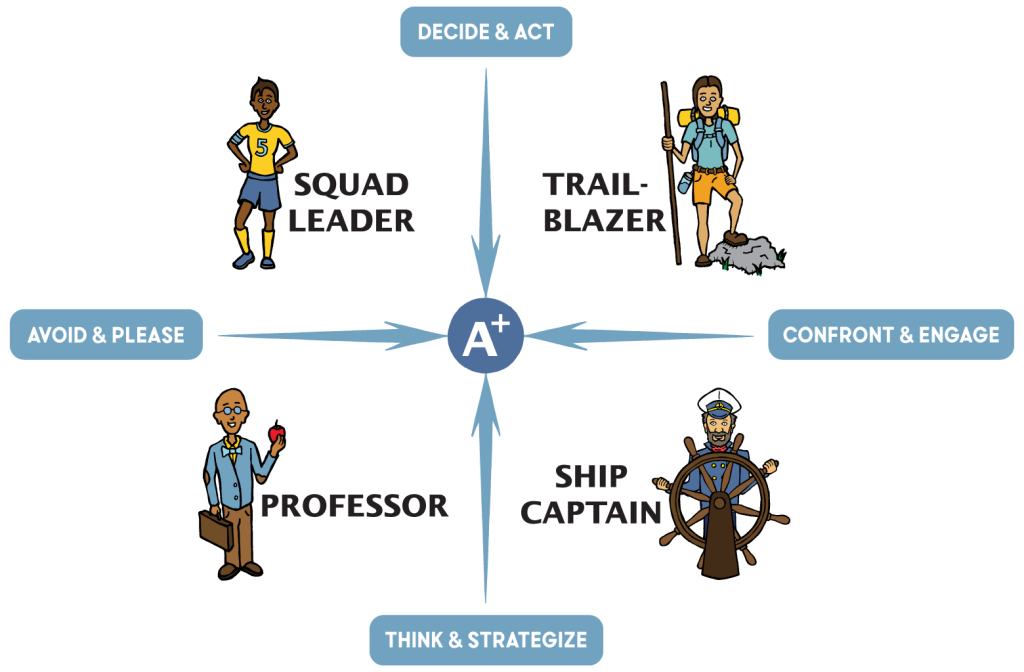
Leadership is Calling Podcasts




“Annie’s approach to managing people has transformed our business here at Hay House and my life as CEO. Let her help you and your business too.”
— Reid Tracy, CEO of Hay House, Inc.
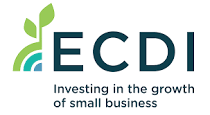

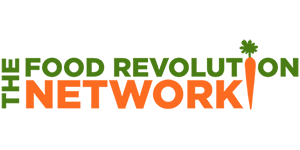


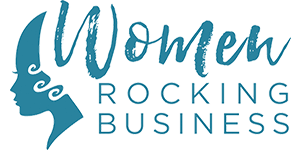


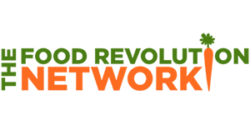


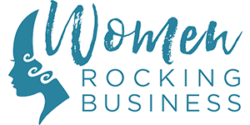
Leading Edge Teams blog
“You Can't win the game without passing the ball.”
